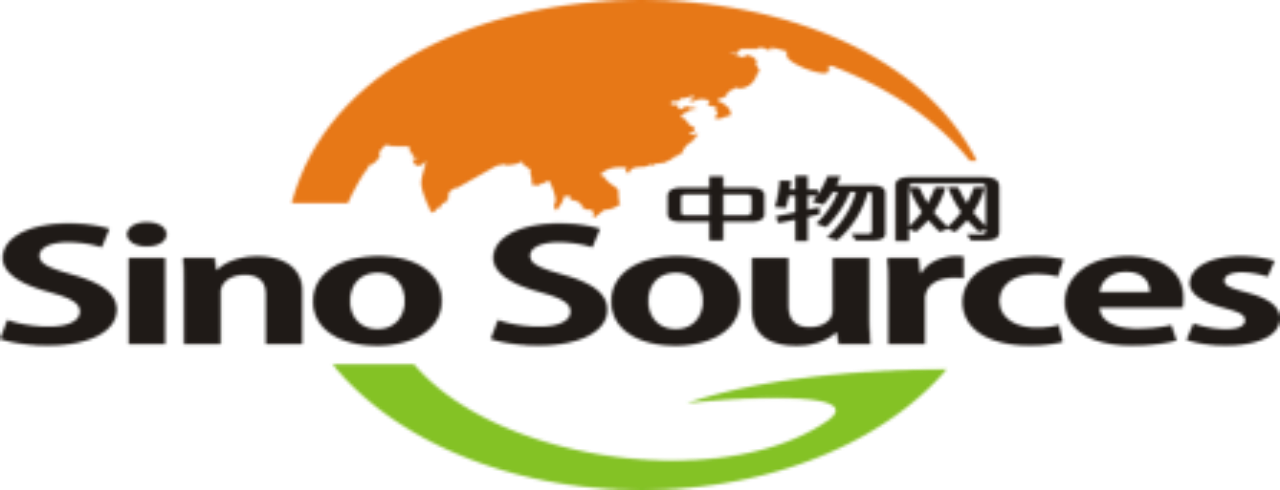Categories
- Galvanized Steel Pipe (151)
- Galvanized Steel Coil (103)
- Tinplate (22)
- Seamless Steel Pipe (142)
- Roofing Sheet (29)
- Square Steel Pipe (42)
- Angle Steel Bar (103)
- Deformed Steel Bar (68)
- PPGI Coil (29)
- Spiral Steel Pipe (14)
- Welded Pipe (36)
- Rectangular Steel Pipe (24)
- API Steel Pipe (15)
- Steel Sheet (32)
- Galvanized Aluminum Coil (15)
- Cold Roll Steel (20)
- Stainless Steel (20)
- Galvanized Steel Nails (27)
- Steel Wire Rope (29)
- Scaffolding Accessories (16)
- Prefabricated House / Steel... (8)
Type
- Carbon Structural Steel (65)
- Equal (162)
- Heavy (292)
- Light (141)
- Plate (140)
- Round (508)
- Spring Steel Bar (57)
- Steel Coil (71)
Grade
- 200 Series (16)
- 300 Series (38)
- 400 Series (87)
- HRB400 (240)
- Q195 (410)
- Q235B (569)
- Q345 (274)
- SS400 - SS490 (119)
Applications
- Boiler Plate (31)
- Construction (406)
- Container Plate (127)
- Manufacturing (621)
- Railway Rail (46)
- Steel Fabricated House (146)
- Steel Workshop (202)
- Structure Pipe (152)
News
The Expansive Applications of Steel Profiles in International Markets
1. Introduction to Steel Profiles
Steel profiles (including I-beams, H-beams, angles, channels, and hollow sections) serve as fundamental components in modern construction and manufacturing. Their standardized shapes, excellent load-bearing capacity, and cost-effectiveness make them indispensable across industries worldwide.
2. Key International Market Applications
2.1 Construction Sector Dominance
-
Skyscraper Frameworks: Over 68% of high-rise buildings in developed nations (USA, UAE, China) use H-beams as primary support structures.
-
Prefabricated Housing: Europe's modular construction boom (projected €26.8 billion market by 2026) relies heavily on lightweight galvanized steel profiles.
2.2 Infrastructure Development
-
Bridge Construction: Japan's seismic-resistant bridges incorporate specially designed steel box sections.
-
Transport Networks: Global railway expansion (e.g., India's Dedicated Freight Corridor) consumes 12-15 million tons of rail profiles annually.
2.3 Industrial Manufacturing
-
Automotive Industry: Electric vehicle battery frames increasingly use high-strength steel hollow profiles (Tesla's Gigafactories source 40% from South Korean mills).
-
Shipbuilding: Korean shipyards utilize bulb flats and angle bars for 90% of commercial vessel hulls.
2.4 Energy Sector Innovations
-
Wind Turbines: Single offshore turbine foundations require 800-1,200 tons of steel pipe piles (Europe installed 3.8GW new capacity in 2024).
-
Oil & Gas: API-certified steel profiles remain critical for drilling platforms (Middle East demand grew 7.3% YoY).
3. Emerging Trends (2025-2030)
-
Green Steel Adoption: EU Carbon Border Adjustment Mechanism (CBAM) is driving demand for low-carbon profiles (HYBRIT technology penetration expected to reach 15% by 2027).
-
Smart Manufacturing: AI-optimized profile cutting reduces global steel waste by an estimated 4.2 million tons/year.
-
3D Printing Integration: Additive manufacturing now allows customized profile geometries for aerospace applications (Boeing's 2024 prototype saved 17% weight).
4. Market Challenges
-
Trade Protectionism: US Section 232 tariffs continue affecting global supply chains (ASEAN exports to America dropped 22% since 2023).
-
Material Substitution: Aluminum profiles captured 8% of traditional steel applications in automotive sector last year.
5. Conclusion
From Burj Khalifa's steel skeleton to floating solar farms in Singapore, steel profiles demonstrate unparalleled versatility. As decarbonization pressures intensify, the industry's future lies in sustainable production methods and precision-engineered solutions.





